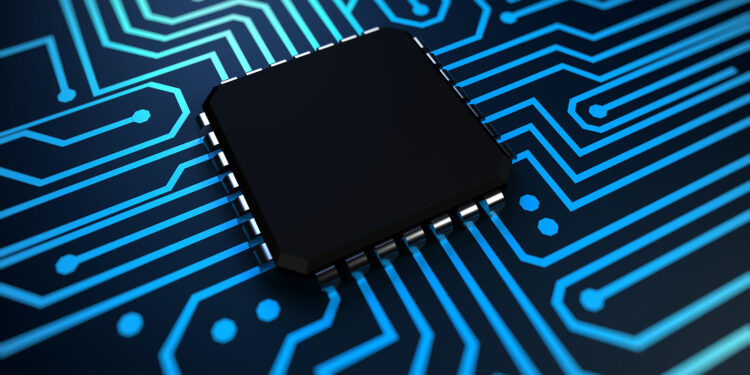From 2025, Apple will take a decisive step towards independence. The company will use its own Bluetooth and WiFi chips in its devices, thereby partially breaking away from suppliers such as Broadcom. This development will not only affect Apple's devices but also the company's strategy of increasingly developing technologies itself. You can find out exactly what is behind this decision and what advantages the new chips bring here.
For years, Apple has been pursuing the goal of gaining more control over the technologies in its devices. Its own processors and graphics chips have long been standard in Apple products, and now it is about becoming independent in wireless communication as well. Broadcom and Qualcomm, long-standing suppliers to Apple, are playing an increasingly smaller role in this. The advantage for Apple: more efficiency, fewer dependencies and the opportunity to develop innovative products in an even more targeted manner.
What makes the new chips special?
The new Bluetooth and WiFi chips, which Apple calls "Proxima" internally, are an in-house development. They combine both wireless technologies in one component and are designed to work particularly efficiently. A key point here is energy saving. Apple wants to significantly reduce the power consumption of wireless technologies such as Bluetooth, WiFi and mobile communications. In the long term, Apple even plans to combine Bluetooth, WiFi and mobile communications chips in a single component.
In which devices will the new chips be used first?
The introduction of the new technology is planned for 2025, so BloombergThe first products with the “Proxima” chips will be:
- iPhone 17: Apple will use the new chips in all models in the series. Users can look forward to longer battery life and more stable connections.
- Apple TV: The new chips are intended to enable improved streaming performance.
- HomePod mini: Thanks to more efficient communication, the response time for voice commands is faster.
From 2026, other devices such as iPads and Macs will also be equipped with the new chips.
Why this step is important
Apple has several goals in developing its own chips:
- Independence from suppliers: Broadcom and Qualcomm have previously supplied the Bluetooth and WiFi components. By developing them in-house, Apple can reduce costs and have better control over the development process.
- Optimized device development: The new chips allow thinner and lighter devices to be built because they require less space.
- Energy efficiency: Better coordination of components ensures lower energy consumption. This means that batteries last longer – a big advantage for users.
What happens with Broadcom and Qualcomm?
Apple will not end its business relationship with Broadcom completely. Components such as radio frequency filters for modems will continue to come from Broadcom. The two companies are also working together on chips for cloud servers. Qualcomm, on the other hand, will almost completely disappear from Apple's supply chain in the medium term. Apple plans to use its own 5G modems in some devices, including the iPhone SE and the low-end iPad, as early as 2025.
More control and better devices: Apple's chip offensive
From 2025, Apple will increasingly rely on self-developed Bluetooth and WiFi chips, which not only bring technical advantages but are also strategically important for the company. Users can look forward to more efficient and innovative devices while Apple continues to expand its independence from major suppliers. With this development, Apple shows once again that it is not just about maintaining control over its own technology, but also about constantly improving the user experience. (Photo by SciePro / Bigstockphoto)
- New Apple TV and HomePod mini to be released in 2025
- iOS 19 development further delayed by iOS 18 updates
- iOS 18.2 & macOS 15.2: Important security vulnerabilities closed





